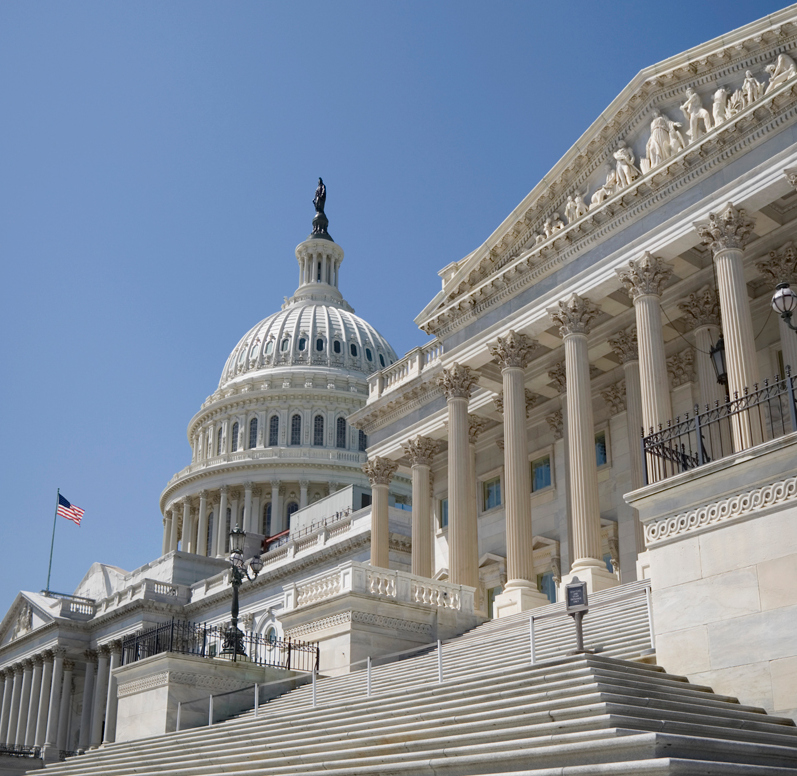On April 12, the U.S. Environmental Protection Agency (EPA) issued new grant guidelines for nonpoint source management programs that apply to fiscal year 2014 grants and beyond. The new guidelines, which replace ones created in 2004, put greater importance on watershed-scale activities and accountability measures. The guidelines also target the highest-priority activities and impaired waters.
Clean Water Act Sec. 319 appropriation funds decreased in 2012, and rather than set aside a specific amount for watershed projects as before, the new guidelines recognize annual variability. Moving forward, watershed project funds will represent 50% of a state’s allocation, and the remaining funds are referred to as nonpoint source program funds.
EPA relaxed monitoring requirements and will not require states to monitor the quality of all waters identified by the U.S. Department of Agriculture for priority attention due to nutrient pollution.
In April, EPA also released draft fiscal year 2014 National Water Program Guidance. Areas of focus related to stormwater include the agency’s stormwater rulemaking efforts, integrating municipal stormwater and wastewater plans, controlling nutrient pollution, and utility resilience to climate change. EPA will also focus on more effectively addressing stormwater impairments under both the total maximum daily load program and the National Pollutant Discharge Elimination System stormwater program. Furthermore, EPA will support green infrastructure as a form of safe and sustainable water resource infrastructure. Comments on the guidance are due to Vinh Nguyen (nguyen.vinh@epa.gov) and Ian Achimore (achimore.ian@epa.gov) by May 9.













